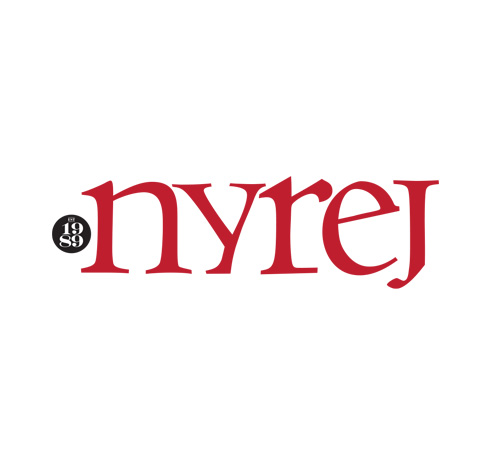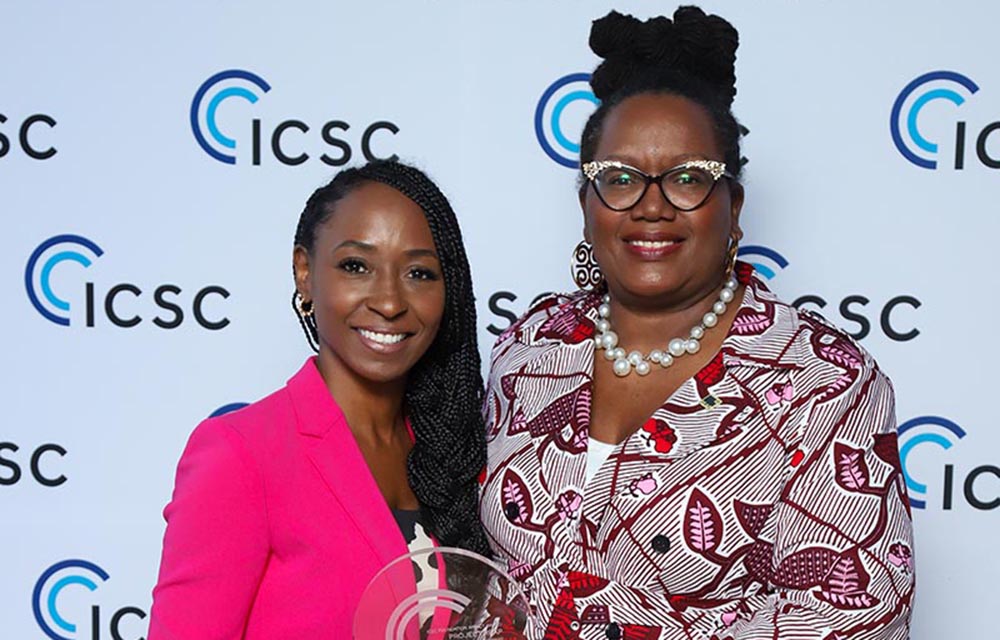Business interest expense – The practical impact of Section 163(j) of the 2017 Tax Act - by Sandy Klein
 Shanholt-180x225.jpg" width="180" />
Shanholt-180x225.jpg" width="180" />
Much has been written and discussed about the Tax Cuts and Jobs Act signed by the President on December 22nd, 2017 which made significant changes to deductions for business interest paid or accrued post December 31st, 2017. From the time these changes were first enacted in 2017, to the publication of proposed regulations on December 28th, 2018, professionals had to delve into the myriad of cross references, legislative history and amendments to discern the ultimate meaning of these rules. Throughout most of this time you had the certainty of knowledge of the law as much as shaking a Magic 8 Ball and asking the question “Is this interest ultimately deductible and what is the tax effect?”
Now with almost two years since these went into place, and one filing year behind us, we can see what the real practical impact of these rules were. But first, let us recap the basic rules.
To recap the basic rules, the new law made a significant change in Code Sec. 163(j) for disqualified business interest paid or accrued. Before January 1st, 2018, business interest expense deduction limitation generally was applied to businesses with loans from foreign related parties, such as a parent corporation or related subsidiary. Disqualified interest for this purpose included interest paid or accrued to related parties when no federal income tax was imposed on the related party receiving the interest.
Under the new law, the deduction allowed for business interest for any tax year cannot exceed the sum of: (1) taxpayer’s business interest income; (2) 30% of the taxpayer’s adjusted taxable income; and (3) taxpayer’s floor plan financing interest.
Section 163(j)(2) as amended by the new law, provides that the amount of any business interest not allowed as a deduction for any taxable year as a result of the limitation is treated as business interest paid or accrued in the next taxable year. After a year of public comments, proposed regulations were issued in December of 2018 which corrected a significant number of problems with the law as initially drafted. One of the most practical changes that was made was for a statutory amendment to apply the 163(j) limitation at the partner or taxpayer level, rather than the partnership entity level. Much complexity arose from applying the limitation at the partnership level, and while making it a partner level test did in fact simplify the test, as a practical point it made the decision on how to treat interest at the partnership level much more challenging and uncertain as to the ultimate effect.
Even in the closely held or family owned partnership context it is very challenging, if not impossible, for the preparer and manager of the partnership to ascertain the impact of the limitation when the test is done at the partner level. Many projections can be done, and the information can be gathered from the partners, but the interplay of the limitation and the interest income on the individual taxpayers return is hard to determine because the information comes from so many different sources. Moreover, the ultimate impact of the limitation cannot be determined until all the individual taxpayers information is received, often after all of the returns that flow into the individual return have been completed and filed.
An example of the limitation: Partnership X has $100,000 of adjusted taxable income, $3,000 of business interest income and $20,000 business interest expense. Partnership X can deduct all $20,000 of its business interest expense as 30% of its adjusted taxable income exceeds the business interest expense. Assume the same circumstances as above except that adjusted taxable income is $50,000. Partnership X interest deduction will be limited to $18,000. ($50,000 x 30% = $15,000 + 3,000 of business interest income). The remaining $2,000 is carried forward into the next year as interest expense on the partner level.
The new law also has provisions to prevent double-dipping. This could occur when a partnership is a partner in another business. The business cannot use its share of the partnership income in its adjusted taxable income in the calculation of the interest expense limitation. Similar rules will apply to any S-corporation and its shareholders. The business interest limitation applies at the taxpayer level. The limitation in section 163(j) applies to all taxpayers, except for certain taxpayers that meet the gross receipts test. Businesses that meet the average gross receipts of less than $25 million under Code Sec 448(c) for the prior three years meet the exception. Code Sec 448(c) has a provision that related entities (50% or greater common ownership) including partnerships (LLCs) and S-corporations will need to aggregate receipts for purposes of this test.
Adjusted taxable income is computed without regard to any income or loss not properly allocable to a trade or business, any business interest expense or business interest income and the amount of any net operating loss deduction. Before 2022, adjusted taxable income also excludes deductions for depreciation and amortization.
Taxpayers with disqualified interest disallowed under prior section 163(j) for last taxable year beginning before January 1st, 2018, may carry such interest forward as business interest to the taxpayer’s first taxable year beginning after December 31st, 2017. This business interest carried forward will be subject to potential disallowance under the new provisions in the same manner as any other business interest otherwise paid or accrued.
Real property trades or businesses may elect not to be subject to the business interest limitation deduction, providing the business uses the ADS method of depreciation (40 years-commercial/30 years-residential). The use of the ADS method of depreciation means that bonus depreciation and Section 179 expensing are not available. The election is irrevocable. The change to the ADS system may require a change of accounting method that will require recapture of previously taken excess depreciation. As a practical matter, this is a rather easy decision for commercial property since the life is being extended from 39 years to 40 years, so the difference in available depreciation per year is immaterial in most cases. For residential properties, the longer depreciable life may have a significant impact. It is important to note that these rules apply to both old debt, and new debt. So in this time of refinancing due to increasing property values, and the corresponding increase in interest expense, it is important to determine what effect these rules will have the the ultimate deductibility of the interest expense. Going forward this will continue to be an area of great concern for taxpayers. There are many planning opportunities left for the 2019 tax year and 2020 which can alleviate and altogether avoid the 163(j) business interest deduction limitation. Careful planning and consultation with your tax advisor is crucial to navigate these rules.
Sandy Klein, CPA, is a partner at Shanholt Glassman Klein Kramer & Co., New York, N.Y.
AmTrustRE completes $211m acquisition of 260 Madison Ave.


AI comes to public relations, but be cautious, experts say - by Harry Zlokower

Strategic pause - by Shallini Mehra and Chirag Doshi

Lasting effects of eminent domain on commercial development - by Sebastian Jablonski









.jpg)
.gif)
.gif)